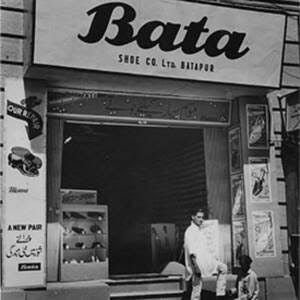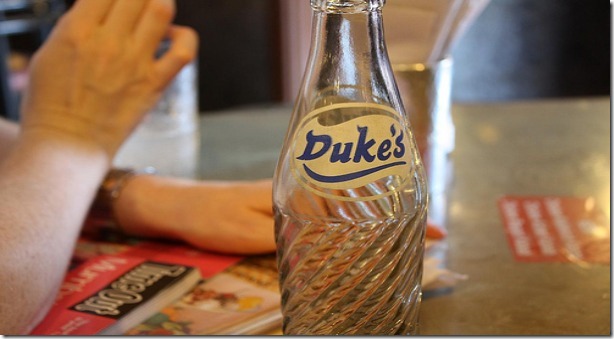As the recent student protests in Bangladesh face brutal crackdowns by Sheikh Hasina's government, resulting in hundreds of tragic deaths and injuries, it’s worth remembering the influential role of one university in shaping the country’s history. 1/19 🇧🇩 

The Dhaka University, founded in 1921, has not just been a place of learning but a crucible of revolution. Through its halls, courtyards, classrooms, generations of students have rallied for change, making the university a symbol of national pride & revolutionary spirit. 2/19
"In my opinion, this university is Dhaka's greatest treasure and will do more than anything else to elevate and spread Dhaka's renown beyond the borders of Bengal, and even beyond India itself," Lord Lytton declared during the first convocation of the university. 3/19
The story of Dhaka University (DU) is intertwined with the nation's struggle for independence. It wasn't just a silent witness but an active participant in the seismic shifts that led to the birth of Bangladesh in 1971. 4/19
On March 2, 1971, a momentous event unfolded on the DU campus. Thousands gathered as the national flag of an independent Bangladesh was hoisted for the first time. This act of defiance was more than symbolic; it galvanized the nation. 5/19 

As Nasir Ahmad documented in his article no other university in the world can take pride in raising a national flag. “This bold move by DU students inspired many to fly the flag from their rooftops and vehicles, a precursor to the imminent Liberation War.” 6/19 

The students at DU didn't stop there. They spontaneously prepared and read the Sadhinatar Prastab (proposal of independence) to the masses, declaring that the 54,506 square miles of East Pakistan with its seven crore people would constitute an independent Bangladesh. 7/19
In the weeks leading up to the war, DU became a training ground for freedom fighters. From the first week of March 1971, young men and women took up arms training on the campus, ready to lay down their lives for freedom. 8/19
During the war, DU students played pivotal roles in forming and leading liberation forces. They were instrumental in the establishment of the Bangladesh Liberation Force (BLF) or Mujib Bahini, which divided the country into strategic regions for guerrilla operations. 9/19
When the Pakistani state made a final attempt to suppress Bengali demands for autonomy and democracy, they targeted Dhaka University, seeing it as the ultimate symbol of Bangladesh's emerging national identity. 10/19
In March 1971, Pakistan Army's Eastern Wing Commander Tikka Khan launched Operation Searchlight, attacking Dhaka University. The 1971 DU massacre, the deadliest university attack in history, resulted in the deaths of students, faculty, and others. 11/19 

The exemplary character of Dhaka University, its ability to connect and engage the student community, paved the way for it to become a melting pot of ideas, courage, and relentless determination. 12/19
But why did Dhaka University become such a hotspot for student movements? The answer lies in its very fabric. The institution has always encouraged intellectual freedom and critical thinking, fostering a generation of students unafraid to challenge the status quo. 13/19
This spirit of activism was not new to DU. It had been a hub for political discourse and activism even before the Liberation War. The Language Movement of 1952, which sought to establish Bengali as an official language, saw DU students at its forefront. 14/19 

The Language Movement itself was a significant precursor to the Liberation War, highlighting the cultural and linguistic identity that the people of East Pakistan (now Bangladesh) sought to preserve against the dominance of West Pakistan. 15/19 

The impact of DU's student movements is profound. It set the stage for a broader nationalistic movement, leading to the historic events of March 1971. The university's role in these movements highlights the power of academic institutions in societal transformation. 16/19 

Post-independence, the legacy of DU's activism continues to inspire. The university remains a vibrant center for political and social discourse, nurturing new generations of leaders who are committed to the ideals of justice, freedom, and democracy. 17/19 

Today, as we reflect on Dhaka University's contribution to the birth of Bangladesh, it is a testament to the power of student activism. The university stands as a beacon of hope and resilience, a reminder that change often begins with the youth. 18/19 

In the words of one DU student from 1971, "We did not just dream of a free Bangladesh; we fought for it." Today, as DU faces brutal force yet again, its legacy of resistance continues to inspire students to fight for justice. 19/19
Sources and references:
Nasir Ahmad, AND NATIONALIST MOVEMENT IN BANGLADESH (1947-1971), Proceedings of the Indian History Congress,
Fakrul Alam, The Birth of Bangladesh & the University of Dhaka, Borderless Journal,
Then and now: 100 years of Dhaka University, .
Image Attributes
@WikiCommons
@iSoumikSaheb
jstor.org/stable/26906308
borderlessjournal.com/2021/12/16/the…
justnewsbd.com/en/national/ne…
bimanmullick.com/the-first-eigh…
Nasir Ahmad, AND NATIONALIST MOVEMENT IN BANGLADESH (1947-1971), Proceedings of the Indian History Congress,
Fakrul Alam, The Birth of Bangladesh & the University of Dhaka, Borderless Journal,
Then and now: 100 years of Dhaka University, .
Image Attributes
@WikiCommons
@iSoumikSaheb
jstor.org/stable/26906308
borderlessjournal.com/2021/12/16/the…
justnewsbd.com/en/national/ne…
bimanmullick.com/the-first-eigh…
• • •
Missing some Tweet in this thread? You can try to
force a refresh
















